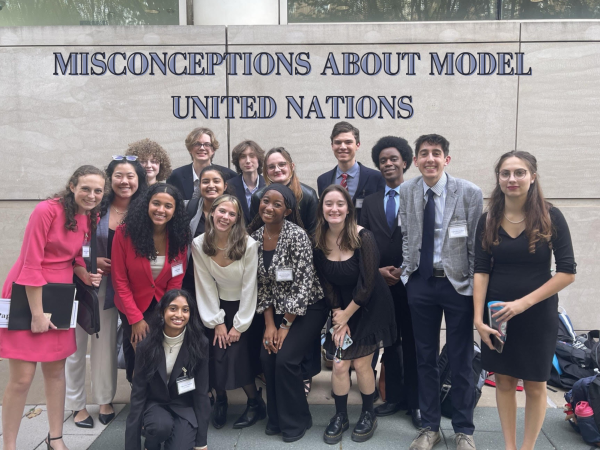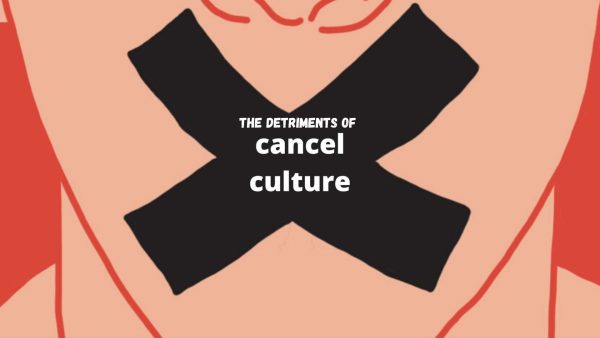Bye-bye, Bubonic
November 28, 2017
Although USA Today, NBC, Yahoo, and countless other news organizations continually frighten people of the Bubonic Plague and its counter diseases, the globalization of the plague seems extremely unrealistic.
“How many valiant men, how many fair ladies, breakfast with their kinfolk and the same night supped with their ancestors in the next world,” Giovanni Boccaccio said during the outbreak of the Bubonic Plague in the 1800’s.
In the early 1330s, the Bubonic Plague erupted in the Chinese borders, affecting the world’s busiest trading nation, making it only a matter of time before the Black Death spread to Western Asia and Europe. This deadly outbreak caused 25 million people to die between the years 1347 and 1352, killing a third of the world’s population. Another outbreak occurred in the late 1800s where 10 million people added to the reign of Yersinia pestis.
This year an “unusually severe” plague outbreak struck 1,800 people in Madagascar in the first few weeks of its seasonal scourge, doubling the average number of those infected in an entire season. Although outbreaks of the plague exist in this part of the world annually, 2017 hit harder than years past, scaring people that time may repeat itself. This leaves one wondering what power the disease retains today, and whether or not it contains the ability to go global once again.
The plague starts with the bite from an infected flea. If left untreated, the virus will spread into the bloodstream (septicemic plague) and eventually into the lungs of its host (pneumonic plague).
“It’s the most serious kind of infection, and it’s the only scenario in which people can pass the bacterium to other people just by coughing. That’s the kind of plague Madagascar is grappling with right now,” reporter Rae Ellen Bichell said.
The pneumonic plague can easily spread on a global scale, not just in cities. The World Health Organization (WHO) continues to work towards eliminating this potentially detrimental risk.
“The risk of international spread is low, because generally, people with plague are too sick to travel,” WHO representative in Madagascar, Dr. Charlotte Ndiaye said.
The extensive screening measures, short reproductive periods of pneumonic plague, informed travelers, and increasing readiness of surrounding countries and islands will continue to keep the risk of international spread low. Although a chance of the plague spreading to the Americas will always exist, as proven by cases reported in New Mexico and Arizona, if caught early enough, antibiotics will cure the person infected before it reaches a deadly level.
The bubonic plague begins to look more and more overrated as the news, the Center for Disease Control (CDC) and the WHO completely immerse themselves into the project to decrease the spread of the plague in Madagascar. They should refocus their efforts put into this project on other, more deadly diseases, such as cancer, AIDS, and coronary artery disease (CAD).
People remember what happened; they remember the history and it frightens them beyond belief, but in reality, the deadliness of the plague disappeared as soon as modern medicine took control.

















